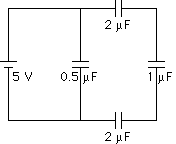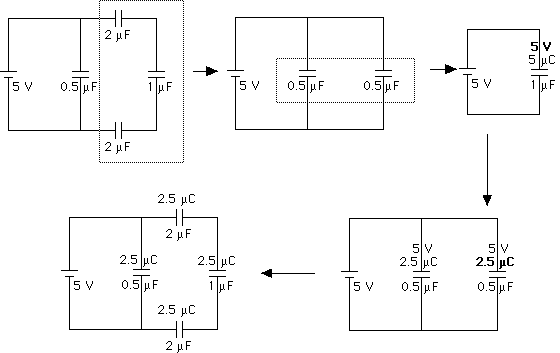C=Q/V ![]()
![]()
![]()
![]()
If an equation you need is not listed here, ask.
PHYS 232 Quiz #2
Cheat Sheet: ¯¯
¯

C=Q/V




If an equation you need is not listed here, ask.
Multiple choice: 1 pt. each
1. Which of the following is true about negative charges?
* A. They move to regions of higher electric potential.
B. They move to regions of higher electric potential energy.
C. Both a and b.
D. Neither a nor b.
2. Which is NOT true about electric potential?
A. It can be non-zero in a region where there is no charge.
* B. The potential at a point depends on the test charge at that point.
C. It increases as you approach a positive point charge.
D. It is a scalar value.
3. An electric field is constant of a region of space and points in the ![]() direction (along the +z axis). What do the equipotential surfaces look like?
direction (along the +z axis). What do the equipotential surfaces look like?
A. Lines in the ![]() direction.
direction.
B. Cylinders centered on the z-axis.
* C. Planes parallel to the xy plane.
D. Spheres centered on the origin.
4. A conductor in equilibrium has constant potential
* A. throughout it's entire volume.
B. only on its surface.
C. only if it carries zero charge.
D. none of the above.
5. If one places a dielectric between the plates of a capacitor (not connected to a battery),
A. the charge on the plates increases
* B. the potential across the plates decreases
C. both a and b
D. neither a nor b
6. Which of the following does NOT change the capacitance of a parallel plate capacitor?
A. Changing the distance between the plates
B. Changing the dielectric between the plates
C. Changing the area of the plates
* D. Changing the charge on the plates
7. Find the charge on each capacitor below.(4 pts)

